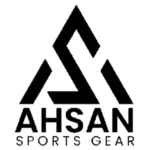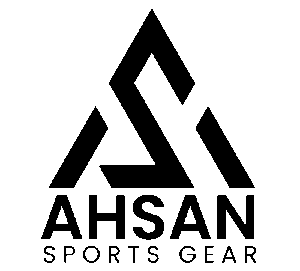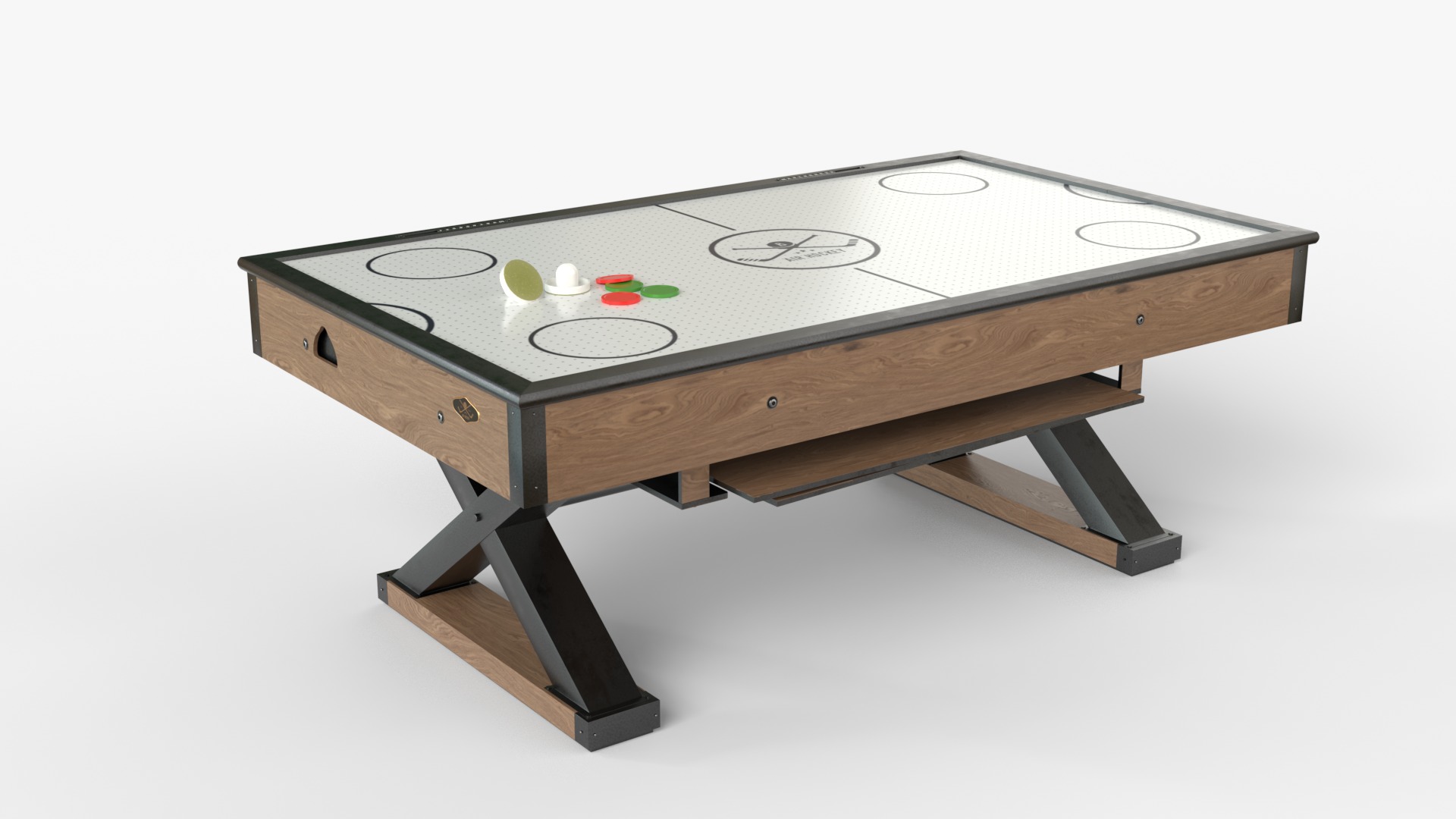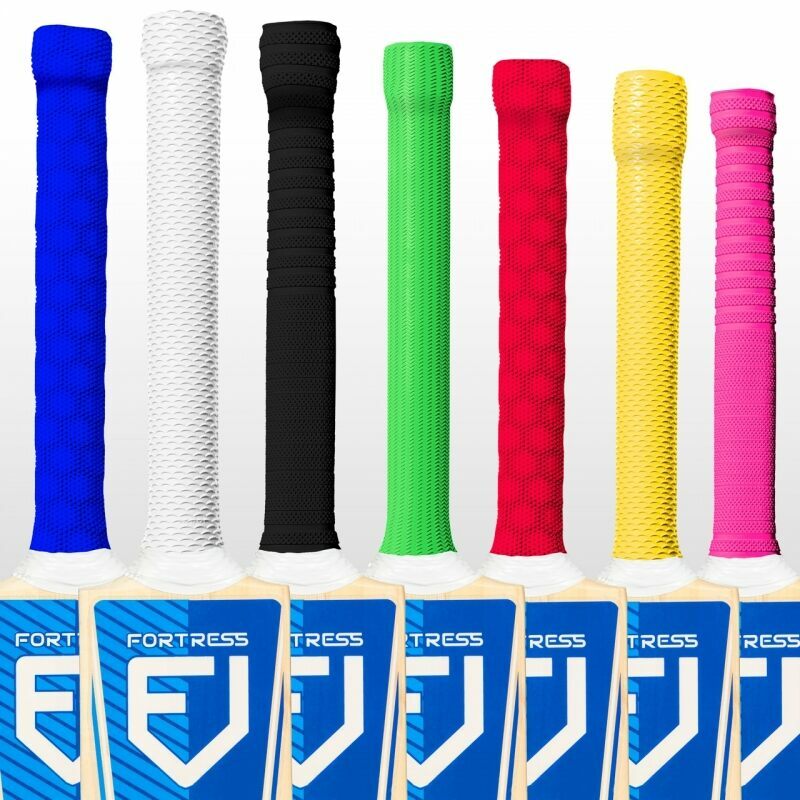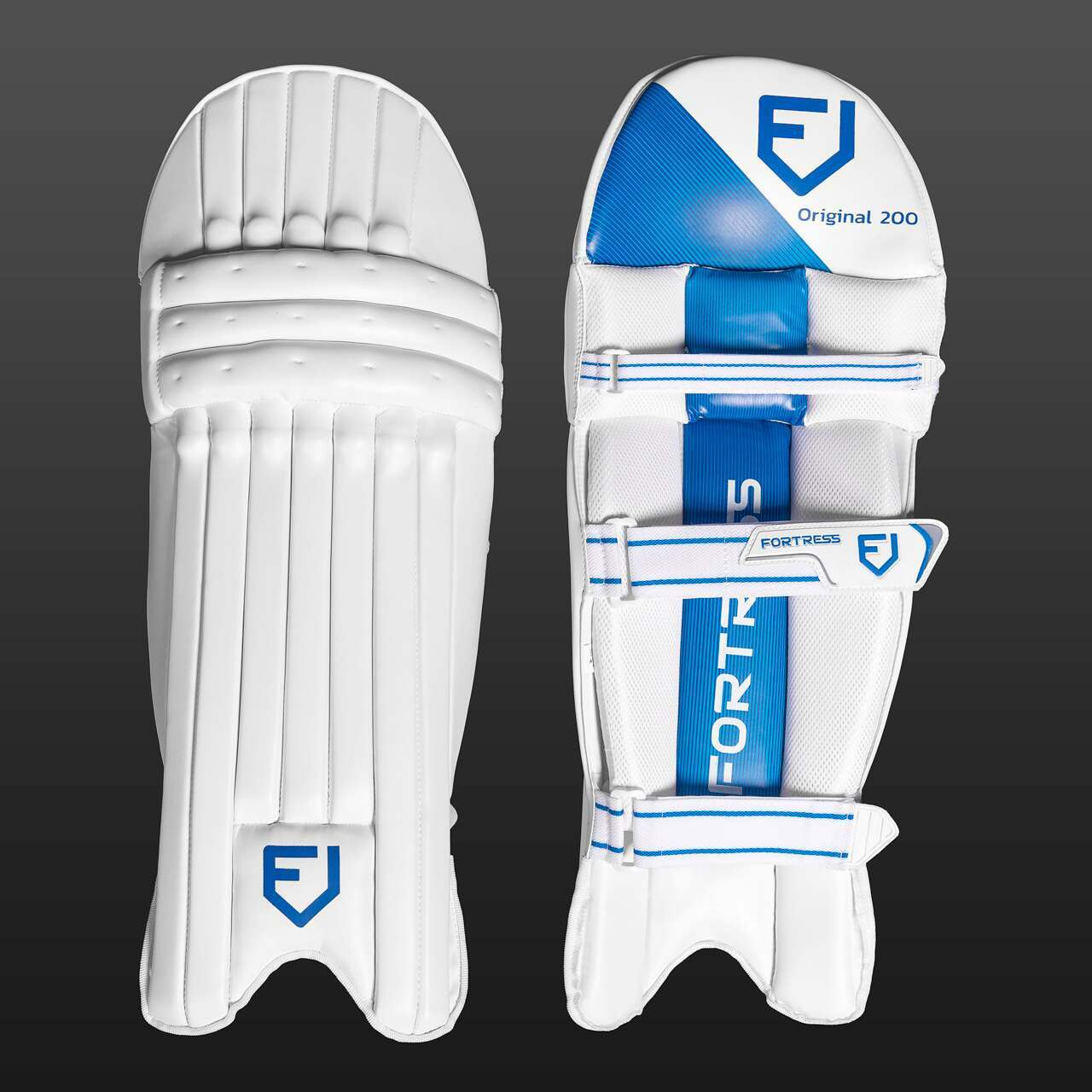Introduction
Air Hockey turns ordinary evenings into fast, buzzy, competitive fun. Yet the market includes everything from tiny tabletop toys to 7–8 ft regulation beasts with heavy blowers and arcade-grade rails. The difference matters: size, blower power, and playfield finish—those three factors control how the puck moves, how players engage, and how long the table lasts.
This guide reframes the buying process like an NLP system would interpret user intent. Think of your purchase decision as an intent classification problem: you (the user) have an intent (family fun, compact space, or arcade-level performance), the environment provides context features (room size, door widths, budget), and table specifications are entities (blower CFM, playfield material, rail type). We’ll walk through each “feature” (entity), map buyer intents to table recommendations (intent → response), and give you a decision matrix that acts like a rule-based classifier to choose the right table fast.
Read this to accurately measure your space, understand what specs actually change playability, avoid common purchase traps, and pick a model that fits your lifestyle and wallet. This version preserves the consumer-friendly language while introducing.
- Kids / very small spaces / casual play: tabletop or 36–54″ family table — inexpensive and portable (typically under ~$300).
- Most families / typical homes: 54–78″ (4.5–6.5 ft) mid-size tables — best compromise of playability and footprint ($300–$700).
- Serious game rooms/arcades/tournaments: 7–8 ft or regulation tables with high-CFM blowers, reinforced cabinets, and professional rails ($700+).
Why this works: treat the buyer as an intent; match size (spatial constraint), blower (performance feature), and playfield (durability entity). LEDs and music are optional attributes—nice-to-have but not decisive.
Quick Decision Matrix (intent → recommended specs)
| Buyer intent | Recommended size | Budget | Must-have specs |
| Kids/casual | 36–54″ | <$300 | Safety rails, sealed top, simple blower |
| Family/home | 54–78″ | $300–$700 | Balanced blower, levelers, conversion top |
| Serious/arcade | 7–8 ft | $700+ | 110V or high-CFM blower, reinforced cabinet, pro rails, replaceable motor |
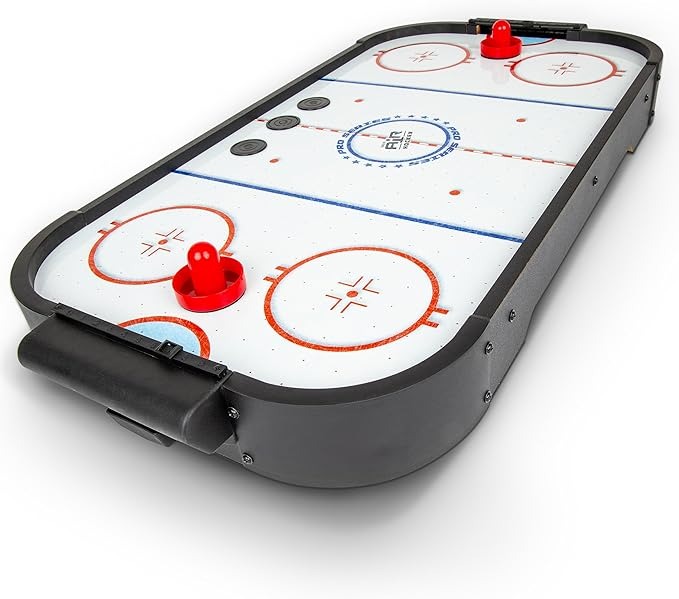
How to choose the right size (tabletop → regulation)
Size is the dominant variable that changes how a table feels. Larger tables deliver faster rallies and truer rebounds; small tables are accessible and portable. Use this breakdown as a classifier to match space + player type → table size.
Common sizes and what they mean
- Tabletop / Mini (36–42″) — For very small spaces and younger children. Portable, easy to store, toy-like for adults.
- Compact / Family (54–60″) (4.5–5 ft) — Most common for living rooms. Balanced playability and footprint.
- Mid-size (66–78″) (5.5–6.5 ft) — Better for adult rallies, faster play, and dedicated game rooms.
- Full-size / Regulation (7–8 ft) — Arcade feel, heavy cabinets, strong blowers. Requires planning for delivery and assembly.
How to measure your space (a pre-filter step)
- Measure the room footprint (length × width).
- Subtract ~3 ft clearance behind each player (minimum). If players will move or swing, add more.
- Check doorways, staircases, and hallways — will the table fit assembled? If not, plan on on-site assembly.
- Check electrical outlets near the table. Full-size tables may require specific voltages—confirm model specs.
Treat this as a pipeline: input = room geometry + player profile → feature engineering (clearance, delivery constraints) → output = set of viable table sizes/models.
Key features that actually affect play and durability
Below, we treat blower, playfield, rails, and cabinet as entities in your product ontology. These are the attributes that strongly affect play quality (precision), longevity (robustness), and maintenance cost (TCO).
1) Blower motor & airflow (CFM, voltage, noise)
Why it matters: the blower generates the air cushion. Too weak → puck drags; too uneven → unpredictable play.
What to look for: CFM (cubic feet per minute) or manufacturer specs, voltage (some full-size tables use 110V motors), replaceable motors, and quoted dB or “quiet” operation if noise matters. A well-distributed air-hole pattern matters as much as raw CFM.
NLP analogy: blower specs are high-weight features in the ranking model—if blower = weak, predicted playability score drops significantly.
Practical tip: Avoid buying a table with no blower information on the product page. Ask the seller for motor specs or look for replacement motor part numbers.
2) Playfield materials & finish
Why it matters: smoothness and resistance to scratch/wear control puck glide and maintenance.
What to look for: sealed laminated or gloss-coated playfields with tight, uniform air-hole arrays. Avoid porous MDF or low-quality wood that warps or delaminates.
Tip: glossy/laminated finish with consistent hole pattern = reliable glide and easier cleaning.
3) Rails, bumpers & cabinet
Why it matters: rails determine rebound predictability and the tactile response of the puck.
What to look for: reinforced or metal rails beat thin plastic. Levelers on legs are essential—an unlevel table will ruin puck behavior. Heavy-duty cabinets extend lifespan in heavy-use scenarios.
NLP analogy: rails and cabinet are regularization parameters that reduce variance (unpredictable behavior) in game-play performance.
4) Scoring systems & extras
LED scoreboards, lights, and music are ancillary attributes—eye-catching but lower weight for play quality. Conversion tops (table-to-ping-pong) increase multi-use value.
Buyer persona mapping (intent → product attributes)
We convert Buyer Personas to intents and map them to product features and budget constraints, producing three clear persona profiles.
Best for families/kids (family intent)
- Choose: 54–60″ family tables or tabletop units with safety-rounded edges.
- Why: fits most living rooms, safer for kids, and cost-effective.
- Must-have features: stable legs, sealed playfield, simple electronic scoring, and easy assembly.
Compact spaces/apartments (compact intent)
- Choose: portable, tabletop, or foldable 5-ft options.
- Why: space-efficient and inexpensive.
- Must-have features: secure legs, a decent blower, and a trustworthy assembly process.
Best for game rooms / serious play (performance intent)
- Choose: 7ft+ heavy-duty tables with 110V blowers, a solid cabinet, and professional rails.
- Why: durability and true arcade feel for heavy use.
- Must-have features: replaceable motors, reinforced rails, white-glove delivery option.
Budget tiers — expectations & tradeoffs
Price ranges are indicative—confirm live prices before publishing. Treat each tier as an output class with expected attributes.
- Under $300 — tabletop/entry
Good for kids and light play. Expect toy-like construction and limited longevity. - $300–$700 — solid home tables
Best value for families. Better motors, improved playfields, and some LED scoring. - $700+ — premium / full-size
Arcade-grade blowers, heavy cabinets, professional rails, and replacement parts available. Suited for heavy use.
Buying matrix — recipient × size × budget × prioritized features
| Buyer | Recommended Size | Typical Budget (Oct 18, 2025) | Prioritise |
| Kids / casual | 36–54″ | <$300 | Safety, portability |
| Family / occasional | 54–78″ | $300–$700 | Balanced blower, conversion top |
| Serious / arcade | 7–8 ft | $700+ | Powerful blower (110V), heavy cabinet |
Top air hockey tables (illustrative picks) — picks as intent-labels
Note: these picks are representative. Always verify pricing and stock with local retailers before publishing.
- Brunswick Windchill 7ft — Performance / full-size pick. Heavy cabinet, powerful blowers, arcade-grade rails. (Premium game-room choice.)
- American Legend Kirkwood (~6 ft) — Best overall home table: balanced playfield and solid cabinet.
- Hathaway Games family 54–60″ — Solid mid-range family pick; often ships with conversion tops.
- MD SPORTS Air Powered 54–60″ — Budget-friendly home table with acceptable play for casual users.
- JOOLA Sport Squad HX40 (tabletop) — Best tabletop/kids pick — portable and affordable.
Comparison table (illustrative)
| Product | Size | Key features | Typical price band | Quick verdict |
| Brunswick Windchill | 7 ft | Dual turbines, anti-scratch top, pro rails | $800–$1,200 | Best for serious game rooms |
| American Legend Kirkwood | ~6 ft | Solid cabinet, electronic scoring | $600–$900 | Best overall home pick |
| Hathaway Brentwood | 7.5 ft | 110V blower option, arcade graphics | $700+ | Premium performance & looks |
| MD SPORTS Air Powered | 54–60″ | Affordable motor, family-friendly | $300–$450 | Best value for casual players |
| JOOLA Sport Squad HX40 | Tabletop | Portable, kid-friendly | <$100 | Best tabletop/kids’ pick |
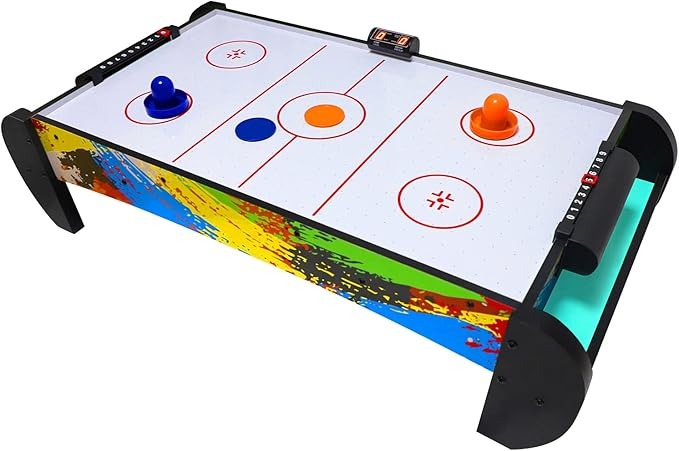
How to evaluate a product page or seller (pre-purchase checklist)
Before you buy, confirm the following attributes—treat them as validation tests.
- Exact dimensions & weight — Will it fit through doors/staircases? Check assembled and boxed dimensions.
- Blower specs — Voltage, CFM (if listed), replaceability, and noise level.
- Playfield material & finish — Gloss-laminated or sealed finish is best.
- Warranty & spare parts — Is a replacement motor/rails available? What’s the warranty period?
- Delivery & assembly terms — Consider white-glove setup for heavy units.
- Customer reviews focused on playability — Look for comments about blower strength and levelness, not just appearance.
- Return policy & shipping insurance — For large purchases, this is essential.
Think of this checklist as unit tests you run against the product page before committing.
Example decision path (measure → match → buy)
Input: Room = 10 ft × 12 ft
1 — measure: Subtract clearance (6 ft: 3 ft each side) → table up to 6 ft fits comfortably.
2 — match buyer: Family of adults + kids → mid-size recommended.
3 — pick features: Balanced blower, sealed playfield, conversion top, and levelers.
4 — budget: $400–$700 for reliable mid-size tables.
5 — seller check: Confirm blower replaceability, exact dimensions, warranty, and white-glove delivery.
This is a simple rule-based classifier mapping real-world inputs to recommendations.
FAQs
A: For most family rooms, a 5–6.5 ft table balances play and floor space. Allow about 3 ft clearance behind each player. For very small rooms, pick a tabletop model.
A: Larger tables need higher-power blowers. Look for replaceable motors and higher voltage for tables 6–8 ft in length. If specs aren’t on the page, ask the seller.
A: Most tables are indoor-only. Moisture and sun can warp the playfield and damage the blower. Only use a model that is rated for outdoor use.
A: Common causes: clogged air holes, weak blower, dirty playfield, or an unlevel surface. Clean the holes, check the motor, and level the table.
A: Plan for about 3 ft clearance behind each player. Add more if adults will be moving frequently.
Final verdict — three clear recommendations (one per budget)
Best budget (kids & tiny spaces): Tabletop or 54″ kids model (e.g., portable JOOLA-type units). Cheap and fun for young children.
Best value (family & versatility): 5–6.5 ft mid-size table with a decent blower and conversion top (American Legend, MD SPORTS types). Great balance of price and play.
Best performance (game rooms/arcade): 7–8 ft premium tables (Brunswick Windchill, Hathaway) with 110V blowers, reinforced cabinets, and replaceable motors. Ideal for heavy use.
Wrap-up: quick summary (one-paragraph)
Choosing the right Air Hockey Table reduces to three high-impact features: size (which determines game speed and required room), blower power (which determines puck glide and consistency), and playfield material (which determines durability and ease of maintenance). For most homes, a 5–6.5 ft mid-size table offers the best balance; small rooms and kids do fine with tabletops, and game rooms should invest in 7–8 ft arcade-grade units with replaceable motors. Use the decision matrix, pre-purchase checklist, and maintenance schedule above to buy wisely and keep the table playing great for years.
